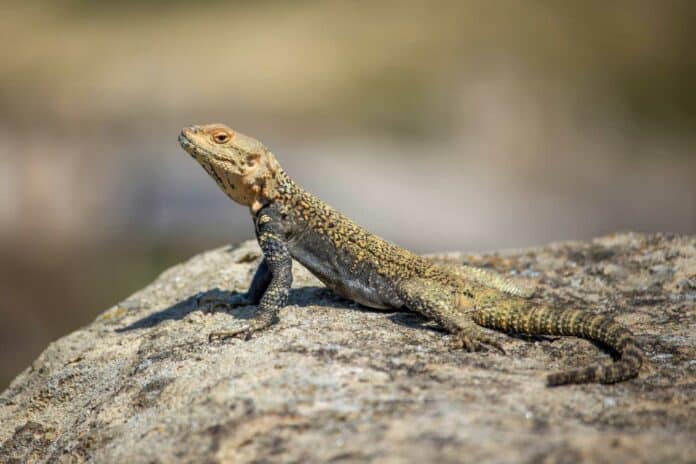Cope’s rule suggests that, over time, evolutionary processes tend to increase the body size of organisms within a lineage. However, in recent years, there has been a debate with two opposing viewpoints: one supporting Cope’s rule with empirical evidence and another challenging it.
Some studies provide evidence supporting Cope’s rule, while others argue against it. The contradictions in these findings emphasize the importance of a thorough and process-based synthesis.
The latest theoretical research suggests that changes in animal size over time are influenced by two crucial ecological factors: the level of competition for resources among different species and the risk of extinction due to environmental factors.
In this study, computer models were employed to simulate the process of evolution. The research aims to explain why certain species decrease in size over time, as observed in fossil records. By considering the dynamics of resource competition and environmental risks, the study provides insights into the mechanisms behind the observed trends in the sizes of different species across evolutionary timeframes.
Dr. Shovonlal Roy, an ecosystem modeler from the University of Reading who led the research, said: “Just like how we try to adapt to hot or cold weather depending on where we live, our research shows animal size can get bigger or smaller over long periods depending on the habitat or environment.”
“In places and times where there’s lots of competition between different species for food and shelter, animal sizes often get smaller as the species spread out and adapt to the distribution of resources and competitors. For example, small horses that lived in Alaska during the Ice Age rapidly shrank due to changes in the climate and vegetation.”
The research suggests that animals tend to evolve to larger sizes when there is less direct competition for resources among species. However, it’s important to note that being excessively large and having a small population can make animals more susceptible to extinction, similar to what happened with dinosaurs.
The variations in ecological factors help clarify why fossil records display a mix of size evolution patterns. Some lineages show a trend of shrinking size over time, while others exhibit growth.
The study, utilizing computer models to simulate evolution, identified three distinct patterns of body-size change arising under different conditions:
1. Gradual Size Increase Over Time: This occurs when competition between species is primarily influenced by their relative body sizes rather than differences in ecological roles. For instance, specific marine animal genera, like invertebrates, gradually increased in size over millions of years.
2. Size Increase Followed by Extinctions: In this scenario, the largest animals experience recurrent extinctions, creating opportunities for other species to take their place and evolve into even larger bodies. This cycle continues over time. Large-bodied apex predators are particularly vulnerable during mass extinctions. Examples include large mammals and birds, such as dinosaurs and giant flying reptiles.
3. Gradual Size Decrease Over Time: The simulations also predicted a contrary trend to Cope’s rule – species decreasing in size over time. This happens when there is high competition and a degree of overlap in habitat and resource use. As species evolve into distinct niches, there is evolutionary pressure to reduce size. Previous instances of size decline were observed in vertebrates, bony fish, cryptodiran turtles, Alaskan Pleistocene horses, and island lizards.
Journal Reference:
- Roy, S., Brännström, Å., & Dieckmann, U. (2024). Ecological determinants of Cope’s rule and its inverse. Communications Biology, 7(1), 1-10. DOI: 10.1038/s42003-023-05375-z
